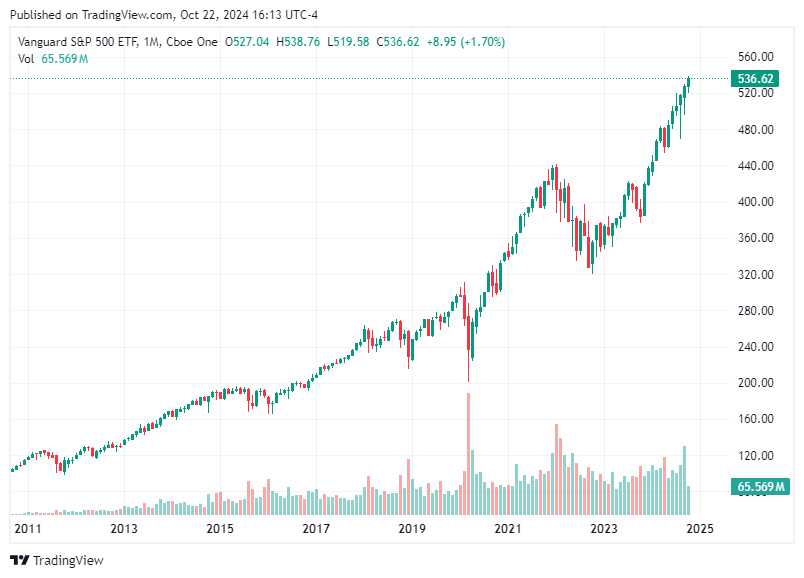IRS Announces New Federal Income Tax Brackets For 2025
IRS Announces New Federal Income Tax Brackets for 2025.

Disclaimer: The information presented in this article is intended for informational purposes only and should not be taken as financial advice. Please consult with a tax professional or financial advisor for personalized advice regarding your tax situation.
As we approach the tax year 2025, taxpayers need to be aware of the changes announced by the Internal Revenue Service (IRS) regarding federal income tax brackets and deductions. These adjustments, which take into account inflation, will influence the returns filed in 2026. It is essential for taxpayers to understand these changes to effectively plan and make informed decisions regarding their finances.
The IRS has increased the income thresholds for each tax bracket for 2025. The top tax rate of 37% will apply to individual incomes over $626,350 and joint incomes over $751,600. Other notable changes include:
35% Tax Rate: This rate will apply to incomes over $250,525 for single filers and $501,050 for married couples filing jointly.
32% Tax Rate: Individuals with incomes over $197,300 and married couples with incomes over $394,600 will fall into this bracket.
24% Tax Rate: This applies to single incomes over $103,350 and joint incomes over $206,700.
22% Tax Rate: Single filers with incomes over $48,475 and joint filers with incomes over $96,950 will be taxed at this rate.
12% Tax Rate: For incomes over $11,925 for individuals and $23,850 for married couples filing jointly.
10% Tax Rate: This rate applies to incomes $11,925 or less for individuals and $23,850 or less for married couples filing jointly.
The standard deduction has also been increased for 2025. For married couples filing jointly, it rises to $30,000, while for single taxpayers, it increases to $15,000. Heads of households will see an increase to $22,500.
Adjustments in Other Tax Provisions
Other tax provisions are also affected by these changes:
Long-term Capital Gains: The IRS has adjusted the brackets for long-term capital gains, which may affect investors and those with notable investment income.
Estate Tax Exemptions: The basic exclusion amount for estates of decedents who die during 2025 rises to $13,990,000. This is an important consideration for estate planning.
Child Tax Credit Eligibility: Adjustments have been made to the thresholds and amounts for child tax credit eligibility, impacting many families.
Earned Income Tax Credits: For taxpayers with three or more qualifying children, the maximum Earned Income Tax Credit for 2025 is increased to $8,046.
Qualified Transportation Fringe Benefit: The monthly limitation for these benefits rises to $325, which may influence commuters and employers who provide such benefits.
Health Flexible Spending Arrangements: The limit for employee salary reductions for health flexible spending accounts increases to $3,300, with the carryover amount rising to $660.
Medical Savings Accounts: Adjustments are also made to the deductible and out-of-pocket expense limits for these accounts.
Foreign Earned Income Exclusion: For taxpayers working abroad, the exclusion amount increases to $130,000.
Adoption Credits: The maximum credit for the adoption of a child with special needs increases to $17,280.
Potential Reversion to 2017 Tax Levels
An important consideration for taxpayers is the potential expiration of current tax provisions after 2025. If Congress does not act to extend these provisions, tax brackets could revert to 2017 levels. This would mean a shift back to tax rates of 10%, 15%, 25%, 28%, 33%, 35%, and 39.6%. The expiration of the Tax Cuts and Jobs Act provisions could lead to notable changes in tax liabilities for many taxpayers.
Given these changes, taxpayers should consider how the adjustments to tax brackets, deductions, and credits might affect their financial planning. It may be beneficial to conduct a review of your financial situation or seek advice from a tax professional to understand the effects fully.
Income Management: Understanding how your income falls within the new brackets can help in managing tax liabilities effectively.
Investment Planning: For those with considerable investments, the changes in capital gains brackets may necessitate adjustments in approach.
Estate Planning: With increases in estate tax exemptions, reviewing estate plans and related documents might be prudent.
Family Planning: Families should explore how changes in child tax credits and other provisions might impact their finances.
The IRS's announcement of new federal income tax brackets for 2025 brings a range of changes that will affect taxpayers across the board. Staying informed and planning accordingly can help mitigate potential challenges and take advantage of opportunities these new rules present. As always, consulting with tax professionals can provide additional clarity and guidance tailored to individual circumstances.
How the IRS's 2025 Tax Bracket Changes Could Impact American Growth Stocks
The recent announcement by the IRS regarding the new federal income tax brackets for 2025 has sparked discussions about its potential effects on various sectors of the economy, including growth stocks. Growth stocks, known for their potential to outperform the market due to rapid development and expansion, can be particularly sensitive to changes in tax policy. Here, we explore how these tax changes might impact American growth stocks, both positively and negatively, and examine specific companies that could be affected.
Consumer Discretionary Sector:
The consumer discretionary sector includes companies that produce goods and services that are not essential but desired by consumers. With the IRS's adjustments potentially leaving more disposable income in the hands of consumers, companies in this sector might see an uptick in demand.
Amazon.com, Inc. (AMZN): As a leading e-commerce giant, Amazon could benefit from increased consumer spending. With more disposable income, consumers might be more inclined to indulge in online shopping, boosting Amazon's sales.
Tesla, Inc. (TSLA): Known for its electric vehicles, Tesla might see higher demand as consumers with increased financial flexibility consider investing in new cars, particularly those with sustainable features.
Technology Sector:
The technology sector often benefits from increased consumer and business spending. Tax savings could lead to higher investment in technology solutions, driving growth for these companies.
Apple Inc. (AAPL): As a major player in consumer electronics and services, Apple could see positive impacts as more consumers upgrade their devices and invest in technology services.
Microsoft Corporation (MSFT): With a strong portfolio in software, cloud services, and devices, Microsoft could benefit from increased business investment in technology infrastructure and cloud solutions.
High-Income Dependent Sector:
Certain companies rely heavily on high-income consumers. If tax rates increase for these brackets, it could dampen spending and affect companies catering to affluent demographics.
Ralph Lauren Corporation (RL): As a luxury brand, Ralph Lauren could face challenges if higher taxes reduce disposable income for high-income consumers, leading to decreased spending on luxury goods.
Tiffany & Co. (TIF): Similarly, as a high-end jewelry retailer, Tiffany may experience a slowdown in sales if affluent consumers feel the pinch of increased taxes.
Capital-Intensive Sector:
Companies that require significant capital investment might be negatively impacted if changes in capital gains taxes influence investor behavior, potentially leading to reduced investment.
General Electric Company (GE): As a conglomerate with significant investments in industrial infrastructure, General Electric might face challenges if capital becomes less readily available due to shifts in investor sentiment.
Caterpillar Inc. (CAT): With a heavy reliance on capital investments for its machinery and equipment, Caterpillar could see adverse effects if tax changes impact investment strategies in capital-intensive industries.
Balancing the Effects
While some sectors and companies might benefit from these changes, others could face challenges. Understanding these dynamics can help investors make informed decisions about their portfolios.
It's crucial for investors to consider how these tax changes might influence consumer behavior and investment strategies. For instance, while consumer discretionary and technology sectors might see growth due to increased spending, sectors dependent on high-income consumers and capital investments might need to navigate potential headwinds.
The IRS's 2025 tax changes present both opportunities and challenges for American growth stocks. Investors should remain vigilant and consider consulting financial advisors to understand how these changes might specifically impact their investment strategies and decisions. As always, staying informed and adaptable will be key to navigating the evolving financial landscape.
Disclaimer: This article is intended to provide a general overview of the IRS's 2025 tax bracket changes. For personalized advice, individuals should consult a tax professional.
We are working endlessly to provide free insights on the stock market every day, and greatly appreciate those who are paid members supporting the development of the Stock Region mobile application. Stock Region offers daily stock and option signals, watchlists, earnings reports, technical and fundamental analysis reports, virtual meetings, learning opportunities, analyst upgrades and downgrades, catalyst reports, in-person events, and access to our private network of investors for paid members as an addition to being an early investor in Stock Region. We recommend all readers to urgently activate their membership before reaching full member capacity (500) to be eligible for the upcoming revenue distribution program. Memberships now available at https://stockregion.net


